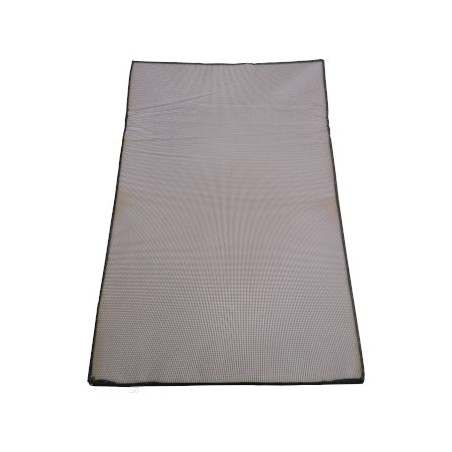The best model we have for understanding the likely timeline of price effects for ASF-affected China and the related prices which can be anticipated by pork-exporting countries is something that doesn’t happen anymore. I am speaking here about the hog cycle price movements which were an indelible part of the outdoor swine industry and pre-industrial production phase prior to 1990. If you are old enough to remember that first hand, think liquidation phase of the cycle and you will become a much better current forecaster. Since this is beginning to fade from the firsthand experience of many current producers, researchers and price forecasters, the conventional wisdom is not delivering reliable information.
A little history will help here. During the pre-industrial period of production, hogs were most often raised in the United States as a hedge against poor corn prices. When corn yields were huge, prices for corn would often not cover the cost of production, so corn growers would buy feeder pigs and add value to the low cost corn by putting it through the hogs to create more valuable pork. It was very common in those days for many if not most to only produce hogs when corn prices were low, so once pork became abundant from feeding all that corn, hog prices would fall. When hog prices reached the farm’s cost of production, pork producers would stop buying piglets and/or breeding sows and simply finish marketing pigs in the finishers while starting the liquidation of breeding stock, sometimes holding back only a few very young females as a “quick start” group for next year if prices improved. Most often, everything went to market.

The important thing to note about a liquidation phase was that the market was already receiving (burdened by) current pig marketings and then suddenly even more pig meat appeared in the marketplace as breeding animals were slaughtered. A key aspect of this was that not all producers liquidated at once since the liquidation decision was part economics and part psychology. This created an extended low price trough.
The economics part weighed in when prices were low enough to be unprofitable. Since there is no single point for that covering every producer, highest cost producers folded first, then average cost producers and finally low-cost producers. The psychology part was trying to decide, in a mix of fear and greed, whether the price fall was going to be temporary or was going to continue and upend the finances of the farm if the producer did not get rid of all the stock immediately. There was a high-risk/high-payoff outcome if you stayed in when everybody quit and an uncharacteristic rapid rebound of market prices happened making you one of the few to sell into that windfall. Unfortunately, this strategy is equivalent to betting the center of the table when shooting craps.
Typically, the liquidation phase started slowly, ramped up to full slaughter, first of market animals, then breeding stock and then it tapered off. This process took up to a year or more to complete before a turn around in the pig price was likely to occur. It often became very grim for those who stayed in to weather the downturn because regular market prices were already very low and then the extended burden of even lower prices due to breeding animal slaughter meant even the best producers were often forced to wipe out when hit with a one-two punch.
Consider the current situation in China. Note the similarities to the old-time hog cycle liquidation phase. First, we have a gradual spread of ASF beginning about August of 2018 and continuing until today, however, the pace of new cases seems to have slowed substantially to only a handful during the last week of February. Heightening the “psychological” component of the liquidation, a first-time outbreak occurred in the Hebei province near Beijing recently reminding everyone that a straight line to resolution is unlikely.
Each outbreak was followed with a ban on pig movements and a mini-liquidation of the farm and some surrounding production. The ban on movement and the liquidation, which sometimes strategically included healthy animals which producers took to market to avoid the potential for future condemnation, made pork abundant in wet markets and prices have plunged. Low prices and abundant pork, are not conducive to increasing imports. Sources report that most of the original bans on pig movement related to outbreaks have been lifted with several provinces in the agriculturally important middle of China appearing free again of ASF. We can expect this situation to continue for many months. An interesting note to add to the outlook is that the stock prices of the largest producers in the country have suddenly risen fairly dramatically in the last 30 days indicating investors do not believe that the largest production companies will weather this crisis without access to capital and potentially subsidies from the government.
When the first shortage of pig meat begins to appear in the market due to early liquidation associated with the first cases, the first farms to recover or those never infected will already be ramped up with new production to fill in any hole. Consider also the lagging Chinese economy and other demand dampening impacts we discussed last month and it is quite likely that the liquidation phase which has so far been undertaken may have a very small impact on global pork prices. Of course, other outbreaks in China, the US or more cases in the heart of the EU, or key production areas such as Spain, Germany, Italy or Denmark etc. could reset the entire table.






